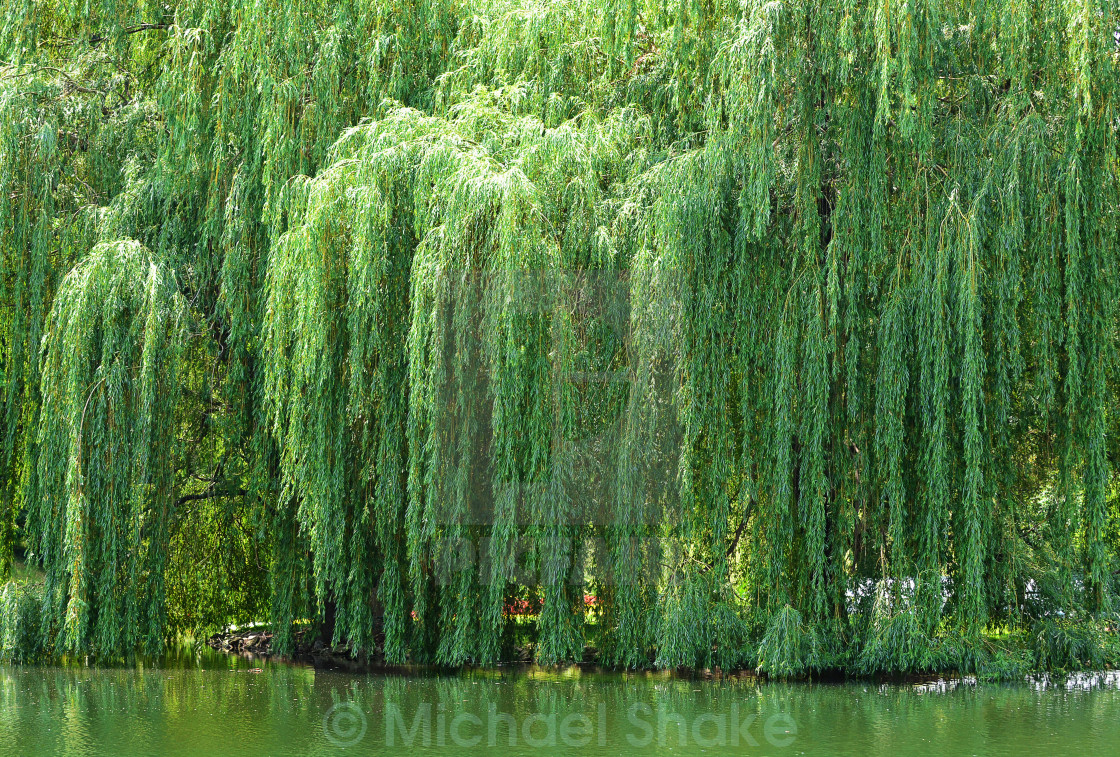
Anti-cancer compound discovered in the humble willow
More than a century after giving the world aspirin, another potential drug has been found in the stem and leaves of willows—this time with anti-cancer properties.
Scientists have discovered the chemical, Miyabeacin, which has been found to kill various cancer cells, including those resistant to other drugs.
Of particular excitement is its activity against neuroblastoma, a hard to treat and common childhood cancer where the overall survival rate is below 50%.
Whilst the pharmaceutical activity of Salicin, the active ingredient in aspirin, is well known, the pharmacological properties of Miyabeacin are potentially even greater.
Structurally, Miyabeacin contains two Salicin groups that give it a potential 'double dose' of anti-inflammatory and anti-blood clotting ability that we associate with Aspirin.
The activity of Miyabeacin against a number of cancer cell lines, including cell lines with acquired drug resistance, adds further evidence for the multi-faceted pharmacology of willow.
After brain cancers, neuroblastoma is the most frequent solid tumor seen in the under-fives.
The team tested Miyabeacin against a range of cancer cell lines. Initial cell viability assays were carried out on a neuroblastoma cell line established from a stage 4 neuroblastoma patient, and a drug resistant sub-line.
The use of willow bark in medicine was recorded by ancient Greek, Assyrian and Egyptian civilizations, but the first scientifically reported investigation of willow as a remedy for fever was in 1763.
In 1897 the Bayer Company produced the synthetic analogue, Aspirin (Acetylsalicylate), one of the earliest and most successful nature-inspired drugs.
Possibly because of the success of Aspirin, medicinal assessment of other Salicinoids in willow has been mostly neglected by modern science, and the National Willow Collection has proven to be a gold-mine of exciting new chemistry, that perhaps underlies its position in ancient therapies.
 English
English Arabic
Arabic


